Adam M. Fisher
Novel stressors and trait variation determine X-linked meiotic drive frequency
Fisher, Adam M.; White, Nicola; Bonsall, Michael B.; Price, Tom A.R.; Knell, Robert J
Authors
Nicola White
Michael B. Bonsall
Tom A.R. Price
Professor Robert Knell R.J.Knell@hull.ac.uk
Professor of Zoology
Abstract
Sex ratio meiotic drive alleles bias their transmission by impairing the viability of non-drive gametes, leading to skewed population sex ratios. Despite theoretical predictions that drive alleles should reach fixation causing population extinction, meiotic drive persists at intermediate frequencies in wild populations, though the reasons for this are unclear. Here, we investigate how novel environmental stress and genotype-specific fitness costs contribute to drive frequency. Using a suppression-free X-linked meiotic drive system in Drosophila pseudoobscura, we exposed flies to varying doses of the pesticide permethrin and measured mortality and fecundity across genotypes. We found that drive-bearing males (SR) and drive-homozygous females (SRSR) exhibited heightened mortality, both in the presence and absence of pesticide, while heterozygous (SRST) females exhibited superior fecundity. Using a mathematical model parametrized with our empirical findings, we explored the long-term population dynamics of meiotic drive under different conditions. Our model predicts that drive frequency has a concave relationship with pesticide dose and is strongly modulated by genotype-specific female fecundity. These results suggest that novel environmental stressors and drive-induced fitness effects play key roles in determining meiotic drive frequencies. Our findings improve our understanding of drive frequencies in the wild and have direct implications for drive-based pest control.
Citation
Fisher, A. M., White, N., Bonsall, M. B., Price, T. A., & Knell, R. J. (2025). Novel stressors and trait variation determine X-linked meiotic drive frequency. Proceedings of the Royal Society B: Biological Sciences, 292, Article 20250426. https://doi.org/10.1098/rspb.2025.0426
| Journal Article Type | Article |
|---|---|
| Acceptance Date | Jul 22, 2025 |
| Online Publication Date | Aug 13, 2025 |
| Publication Date | Aug 1, 2025 |
| Deposit Date | Aug 13, 2025 |
| Publicly Available Date | Aug 14, 2025 |
| Print ISSN | 0962-8452 |
| Electronic ISSN | 1471-2954 |
| Publisher | The Royal Society |
| Peer Reviewed | Peer Reviewed |
| Volume | 292 |
| Article Number | 20250426 |
| DOI | https://doi.org/10.1098/rspb.2025.0426 |
| Keywords | sex ratio; meiotic drive; pesticide; suppression; overdominance; heterosis; fitness effects; theoretical models |
| Public URL | https://hull-repository.worktribe.com/output/5334487 |

End hunger, achieve food security and improved nutrition and promote sustainable agriculture

Protect, restore and promote sustainable use of terrestrial ecosystems, sustainably manage forests, combat desertification, and halt and reverse land degradation and halt biodiversity loss
Files
Published article
(1.1 Mb)
PDF
Publisher Licence URL
http://creativecommons.org/licenses/by/4.0
Copyright Statement
© 2025 The Authors. Published by the Royal Society under the terms of the Creative Commons AttributionLicense http://creativecommons.org/licenses/by/4.0/, which permits unrestricted use, provided the originalauthor and source are credited.
You might also like
Sex ratio distorting microbes exacerbate arthropod extinction risk in variable environments
(2024)
Journal Article
Alternative reproductive tactics and evolutionary rescue
(2024)
Journal Article
Downloadable Citations
About Repository@Hull
Administrator e-mail: repository@hull.ac.uk
This application uses the following open-source libraries:
SheetJS Community Edition
Apache License Version 2.0 (http://www.apache.org/licenses/)
PDF.js
Apache License Version 2.0 (http://www.apache.org/licenses/)
Font Awesome
SIL OFL 1.1 (http://scripts.sil.org/OFL)
MIT License (http://opensource.org/licenses/mit-license.html)
CC BY 3.0 ( http://creativecommons.org/licenses/by/3.0/)
Powered by Worktribe © 2025
Advanced Search
